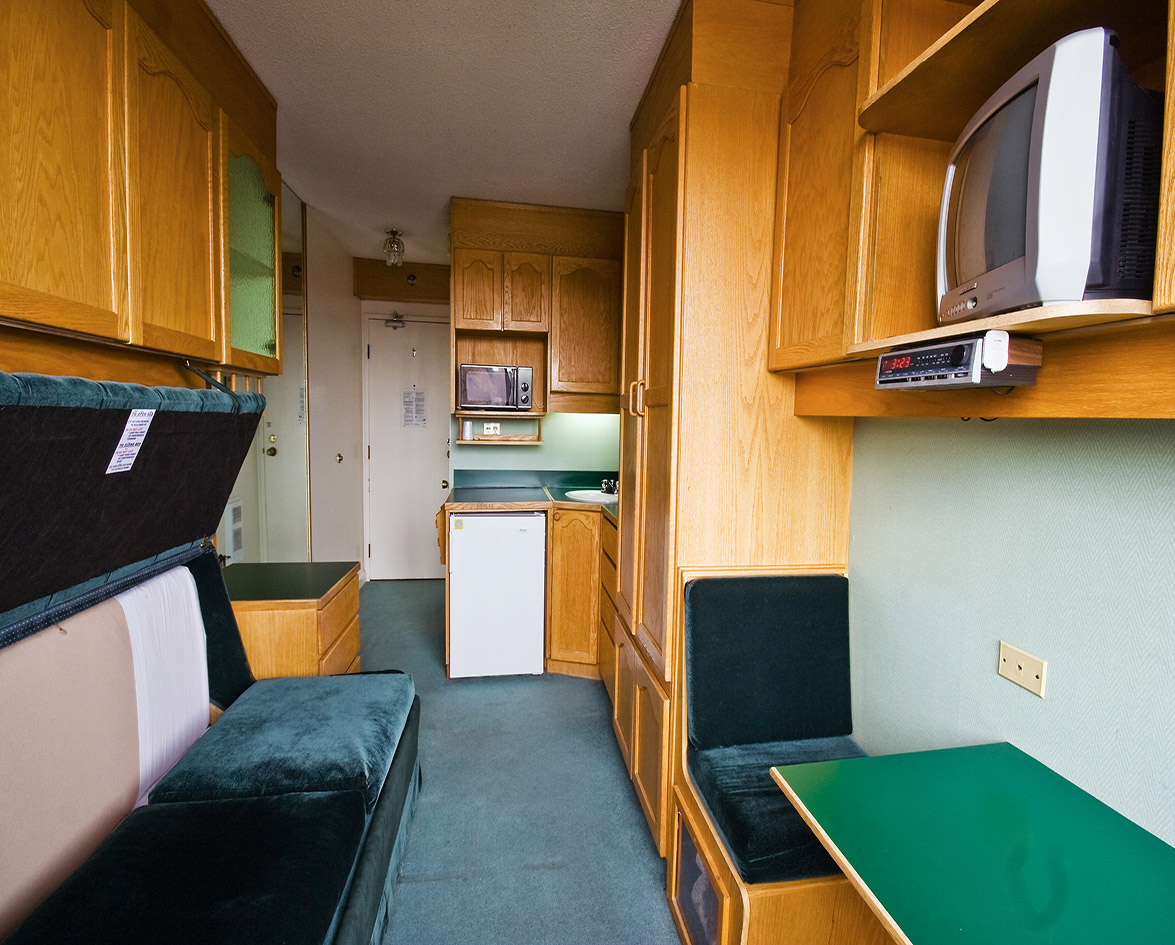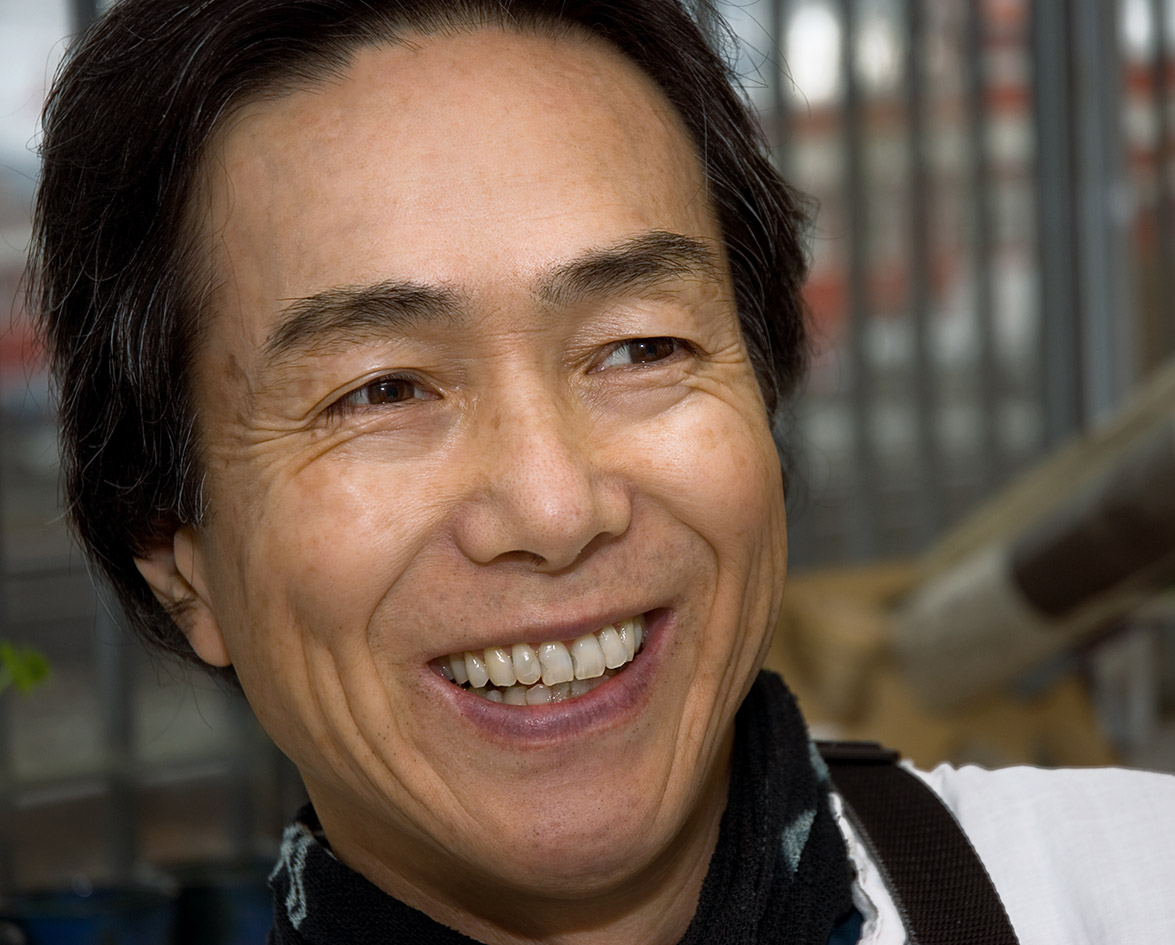Think a miniscule hotel minus all the luxury of, say, a hotel would never catch on? Think again. Cities like London, Vancouver, Amsterdam and New York are offering tired travelers a nap, or a night’s rest in a pod.
Few would think to equate ‘comfort’ and ’luxury‘ with a one by two metre capsule. But for a fair price, you can squeeze yourself into a cozy capsule, fit with a television, radio and a complimentary towel. But fewer are aware that, after over 30 years, the Japanese architectural wonder that is the Capsule Hotel is hitting the Western World.
To those unfamiliar with the tiny hotel phenomenon, the capsule hotel is a Japanese-invented, one by two metre, sleeping compartment made out of plastic or fibreglass. Usually stacked two high, these units contain a 2.5 cm ( one inch) futon mattress, a small television screen, a radio, a mirror, a shelf for toiletries, a reading light, an alarm clock, an air vent and a fire alarm.
Granted, modern pods are more kitsch than anything else, but the original idea behind the itsy-bitsy bedroom has its roots in Japanese avant-garde architecture. In the 1940s and 1950s, Japan’s cities were overcrowded and disorganised. From this mayhem the architectural movement known as Metabolism was born.
The philosophy addressed the need for space in a cluttered cityscape, and the culture of mobile citizenry
According to Kisho Kurokawa (architect and co-founder of Metabolism), several elements in postwar Japan led to the creation of the architectural philosophy, meant to suit the nation’s changing outlook on space and functionality: urban population growth, citizen mobility, the transportation needs of suburban and city dwellers and a desire to embrace technology. Same goes for Japan’s inherent geographic limitations—in terms of land, less than six percent of Japan is habitable. For perspective, imagine a population approaching 100 million (October 1960) on a land mass two-thirds the size of Vancouver Island. This has traditionally made for ridiculously high land prices, but also, it creates a culture highly dependent upon technology to house its people.
Changing The Urban Landscape
Kurokawa’s movement sought to re-architect the city and its over-congested pockets by fashioning multifunctional, moveable modular and prefabricated units along a shared structural tower—think Lego bricks. Metabolists dreamed these structures would transcend time and change living standards, individual tastes and family dynamics. By assembling buildings—all of which have different rates of change and wear—out of removable, replaceable ‘blocks’, if one part broke down, the entire structure wasn’t compromised. In this light, the architect’s goal was also to add unprecedented flexibility to the urban landscape, which would be able to aesthetically and structurally morph itself into whatever style was à la mode. However arguable the relevance of Metabolism as an art form, the visionary genius behind the concept is incontestable.
To Kurokawa, the capsule unit was meant to be the emancipation of the building from land, and the coming of age of mobile architecture. The philosophy addressed the need for space in a cluttered cityscape, and the culture of mobile citizenry—so what better environment to experiment with such endeavours than say, a hotel? Nakagin Capsule Tower, which opened in 1972, is a prime example.
Built in the Ginza district of Tokyo, the Nakagin Capsule Tower is comprised of cubic capsules (each measuring 2.3 metres by 3.8 metres x 2.1 metres) placed on a single pillar. The units are fastened to the concrete cores with just four high-tension bolts, and can be placed anywhere on the tower. Individual units can be combined to make larger living spaces. The building was intended to provide extra space (studio, bedroom, den), to promote individuality and to serve as a hotel space for businessmen in town from their homes in the suburbs. Five years later, Kurokawa drew from his 1972 creation and designed Japan’s (and the world’s) first capsule hotel, the Capsule Inn Osaka, in the Umeda district of Osaka.
The modern capsule hotel is not far off from its conceptual twin. Compartmentalized, the pod caters to businessmen who need a place to sleep after drinking; who missed the last train into the suburbs and don’t want to spend the money on a conventional hotel; who are overworked and too tired to head home; or who simply need to attend a business meeting downtown in the morning. Almost exclusively catering to men, some pods do offer cubbies for ladies (which, if the case, would be on separate floors than the gents).
Mark Freeman, 27, a capsule aficionado from outside of Toronto, nuzzled up in Kurokawa’s Capsule Inn Osaka in 2005, among others. While he says the tower was novel at first, from town-to-town and pod-to-pod, the experience doesn’t vary too much.
“Each hotel is different but generally a customer goes in, puts his shoes in a shoe locker and then gives that key to the person behind the desk who exchanges the shoe key for a locker key and gives the customer the robe and disposable toothbrush. Then the customer goes to the locker room, changes, tosses on the stylish blue bath coat, slips into little plastic slippers and either hangs out in the television room, plays video games, reads the sports dallies, takes a bath or goes to sleep,” he recounts. According to Freeman, almost all hotels he visited offered massage services and were adorned with an enticing row of vending machines. But, don’t be disappointed if you come across a capsule hotel without a fine dining cafeteria. Prices for the night are relatively cheap: a capsule can run you anywhere from 16 to 40 US dollars.
Tempting Travelers
So why the recent international interest in the pod? Simply put: the allure of a downsized, inexpensive and kitschy hotel.
Yotel, the capsule hot spot in London’s Gatwick Airport, has crossed the Japanese design with first class airplane accommodations to bring (what they refer to as) luxury to its clients at a fraction of the cost. Rooms (roughly nine metres) include a mattress, a shower, a wall-mounted desk, a television, three coat hangers, and wireless internet—an appeal to people with connecting flights or in need of a little nap. Swiss and Dutch cities are also experimenting with the mini hotels. Self-serviced with an abundance of gadgets (LCD screens and the internet), the units are painted in vibrant colours and give off a sense of individual seclusion. Even New York City boasts a pod residence of its own. Three times smaller than a conventional American hotel room, the design is a hit. Vancouver International Airport provides Metronap lounge chairs that simulate a capsule environment, allowing travellers to take a snooze while waiting for their next flight.
The pod is an ingenious tic-tac sized hotel room for the adventurous, minimalist, cost-cutting, nap-seeking, train-missing, meeting-attending individual or for those who don’t fear small closed spaces.
Going pod-style in Vancouver
Looking for a little rest in the city? Shaughnessy Village offers teeny tiny rooms, at a fraction of the cost of other hotels. Originally a senior’s home, the Village was converted into the world’s largest bed and breakfast in time for Expo ’86. With each floor (12 in total) donning a nautical theme and different colour palette, the hotel has 240 15-metre square studios (plus a few larger rooms), equipped with a microwave, a sofa turn double bed, a mini fridge, a balcony, and get this, a fireplace! And the opulence doesn’t end here. The Village has a ton of amenities—salt water pool, health spa, tanning bed, restaurant, indoor Jacuzzi and spa, beautiful courtyard, restaurant, hair salon, and some of the city’s most amazing views. Catering to budget-conscious travelers, stopover tourists, hospital visitors, international students and anyone looking for a night’s rest, Shaughnessy Village is worth a peek. 1125 W. 12th Ave., Vancouver, B.C.











